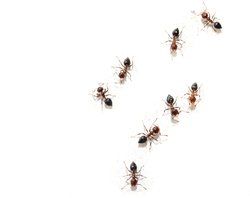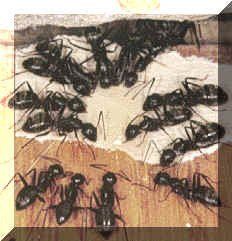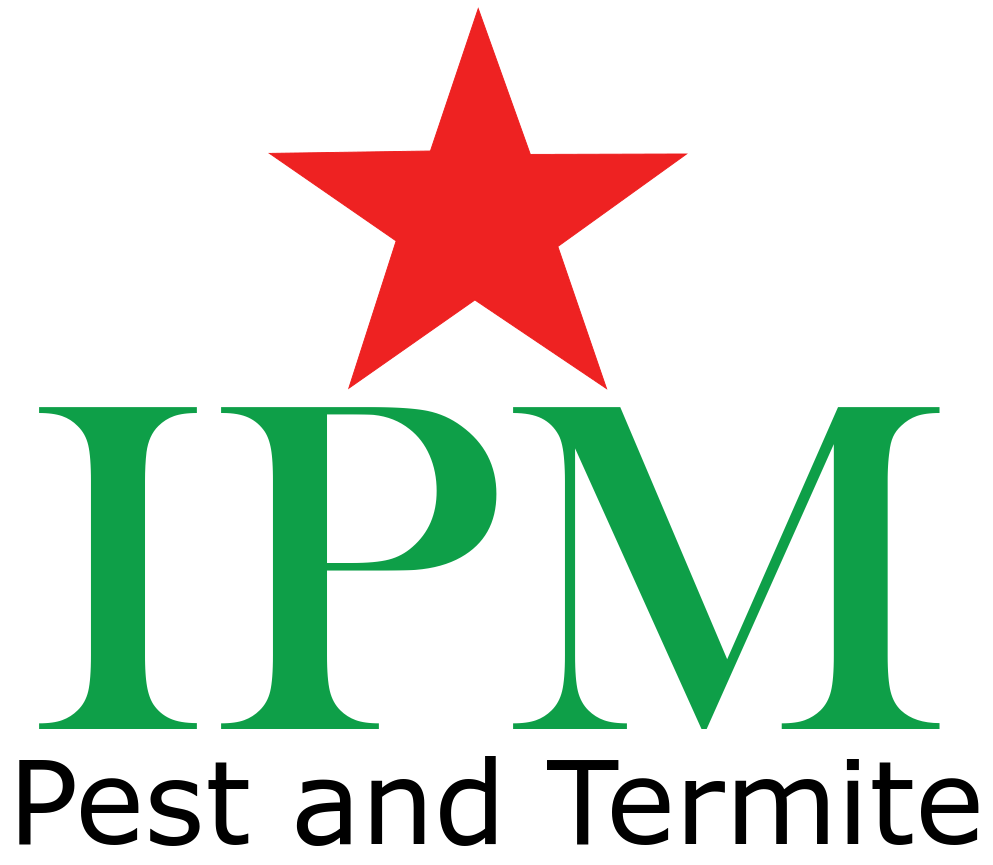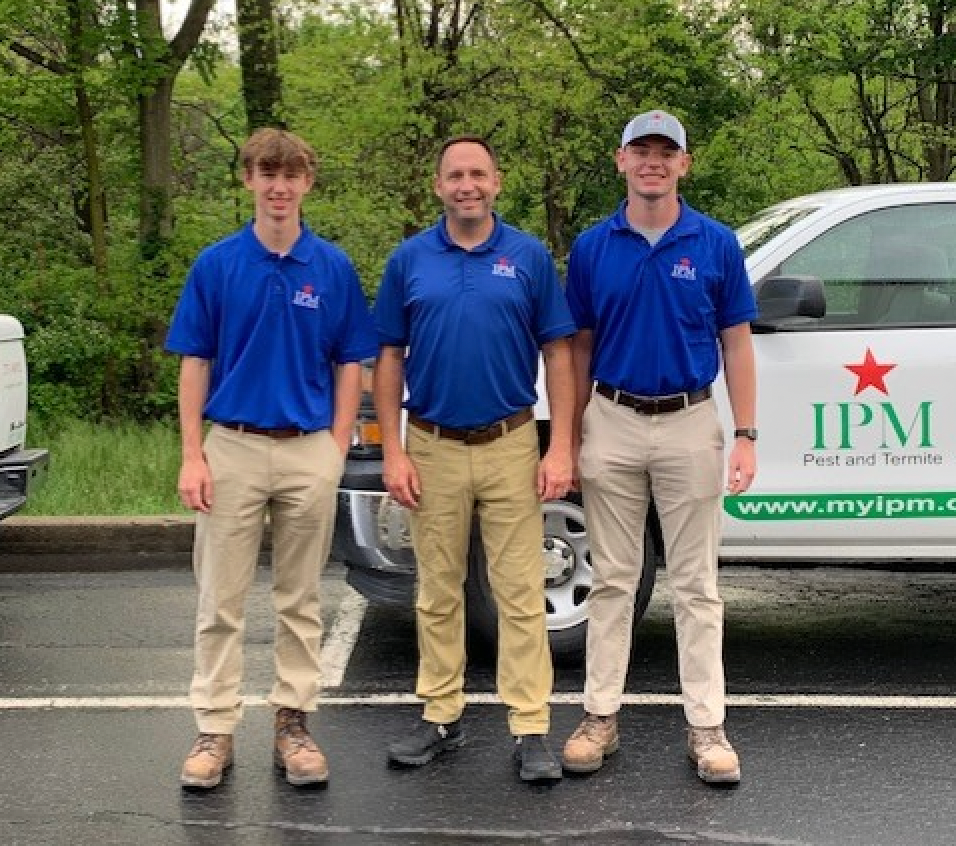How To Control Ants
Ants live in groups called colonies, so any effective treatment should aim to eliminate the entire colony. Treatments that kill just the ants you see will not solve your problem. Ants enter your home through the smallest openings, looking for food, water and shelter. Once the scouts find a food source they will leave a pheromone trail for their friends to follow. The first step is to get a professional inspection. A house inspection will determine what type of ant you have and the correct treatment. Your ant control strategy will depend on the type of ant and infestation.

What Can You Do?
- Inspect the outside of your home to minimize cracks and crevices.
- Trim bushes and trees around your home so they do not touch the walls.
- Fix any moisture problems such as leaking roofs, plumbing, and gutter downspouts.
- Paint and seal exposed wood.
- Replace wood that has rotted or has water damage.
- Prevent wood from coming into contact with soil.
- Remove dead stumps
- Store firewood off the ground and as far away from the home as possible.
Once you have ants in your home they are difficult to get rid of without professional help. Often ant control is not as simple as keeping your home clean and dry. Some properties just naturally attract ants, especially in the late spring and early summer. Finding out the type of invader you have through inspection will help in determining the proper course of action. A professional can discuss why this particular kind of ant is finding your home attractive and how to take care of the problem. A professional pest management program can rid your home of ants and make sure you are taking the steps necessary to make sure they never return. The fight against ants and insects is ongoing. The only true solution for ant infestations is treatments by a professional and strict adherence and dedication to prevention. Ants will come back, so it is important to make it difficult for them to enter your home and be prepared for them once they get there. Let us help you make sure your home is not a good home for ants. In Lexington & Louisville and the surrounding areas, IPM Pest and Termite can solve your pest control problems. With over 20 years’ experience, family owned and operated, let us make your home as comfortable as our own.
Ant Control Lexington & Louisville, KY
Acrobat Ants
Size:
Workers: 1/16-1/8″ (2.5-4 mm) long
Queen:
up to 3/8″ (10 mm) long
Color:
Light brown to black
Antenna:
11-segmented, with 3-segment club
Thorax:
1 pair dorsal spines
Pedicel:
2-segmented, attached to upper side of faster.
Abdomen:
Heart-shaped

Biology: Little is known but most indoor colonies are moderate to large and prefer areas that are subjected to moisture or fungal decay. They will nest in styrofoam insulation panels and in wall voids. Outside they are commonly seen under rocks, fallen logs, or in decaying trees. They will occasionally nest in the old abandoned galleries of wood destroying insects such as: termite, carpenter ant, wood borer, powderpost beetles or wood wasps. Acrobat ants will feed on other insects, sweets and high protein foods. A good distinguishing behavioral characteristic is when disturbed or alarmed, this ant will raise its abdomen over the thorax and head. These ants are aggressive and may bite and give off a repulsive odor. Swarmers have been observed from mid-June to late September.
Carpenter Ants
Size: Workers: 1/8-1/2″ (3.5-13 mm)
Queen: up to 1/2-5/8″ (13-17 mm)
Color: Black, combinations of red and black, or completely red or brown.
Antenna: 12-segmented without club
Thorax: Lacks spines, profile evenly rounded on upper side.
Pedicel: 1-segmented Abdomen: Circlet of hairs

Biology: Black carpenter ant colonies are moderate size with over 3,000 workers (10-15,000 including satellite nests). Colony maturity is reached in about 3 to 6 years. Development time (egg to adult) for workers takes at least 60 days. Workers are found in many sizes and have majors, minors, and intermediates with different jobs. There is usually only one functional, wingless queen per colony. Swarmers are not produced for the first two years, usually 3 1/2-10 years depending on species. Swarmers are usually seen from May to August in the Eastern U.S. and from February through June in the Western U.S. Carpenter ants nest in wood that has been damaged by water or has been softened by decay. In homes, these ants can be destructive to wood and may cause damage to the structure. Carpenter ants do not eat wood but move it to make their nests. Common areas to find these ants in structures are in the wood along the eaves, in wood around chimneys, in wall voids, in wood under sinks, commodes, or bathtubs that are leaking, in the crawl space around exterior doors or where the structure is leaking.
The colonies can be located by placing something sweet out and watching the ants take it back to their nests. The workers may forage up to 300 feet from their nest or satellite nest. If the carpenter ants are not seen in the winter the nest may be outside in a stump, fire wood, old trees, fence posts or other areas of damaged wood. Although some carpenter ants are active during the day, the majority will be active after dark with peak time between 10pm and 2am.
Many field ants are very similar in size and color to carpenter ants and may be misidentified. The main distinguishing characteristic of carpenter ants is the smooth thorax (back) the field ant=s back is not evenly rounded. Field ants are commonly found outside with the nest in the soil.
Little Black Ants
Size: Workers:
1/16″ (1.5-2 mm)
Queens:
1/8″ (3-4 mm)
Color:
Dark brown to black
Antenna: 12-segmented with 3-segment club
Thorax:
Lacks spines; unevenly rounded
Pedicel:
2-segmented
Biology:
The colonies are of moderate to large in size and have many queens. Winged reproductives are seen from June to August. Nests can be found within a structure in decaying wood, between wood and masonry, and in wall voids. Outside nests are under rocks, in logs, or in the lawn. They feed on other insects, sweets, honeydew, grease, oil, meats, meal, and fruits. They forage in trails that can easily be seen on foundation walls and along walkways.
Odorous House Ants
Size:
Workers 1/16-1/8″ (2.4-3.25 mm)
Color:
Brown to black
Antenna:
12-segmented, without a club
Thorax:
Lacks spines; unevenly rounded
Pedicel:
1-segmented with node hidden by base of abdomen
Biology:
The colonies range from several hundred to 10,000 ants and have many queens. Developmental time (egg to adult) is 34-83 days in summer and 6-7 months in the winter. Swarmers are seen from May to mid-July. The workers and queens live several years. Nests can be found within a structure in wall voids around hot water pipes and heaters, around sinks, behind insulation in crawlspaces and in attics. Outside nests are found along the foundation, under mulch along concrete joints, under stones, under logs, and even with other larger ants. These ants feed on sweets, protein, plant secretions, and honeydew from other insects. When disturbed, these ants will raise their abdomen similar to acrobat ants, however odorous house ants cannot cover their body or head with their abdomen.
Pavement Ants
Size: Workers:
1/16-1/8″ (2.5-4 mm)
Queens:
3/8″ (8 mm)
Color:
Light brown to black with paler legs and antenna
Antenna:
12-segmented with 3-segmented club
Thorax:
Pair of small spines, unevenly rounded
Pedicel:
2-segments






